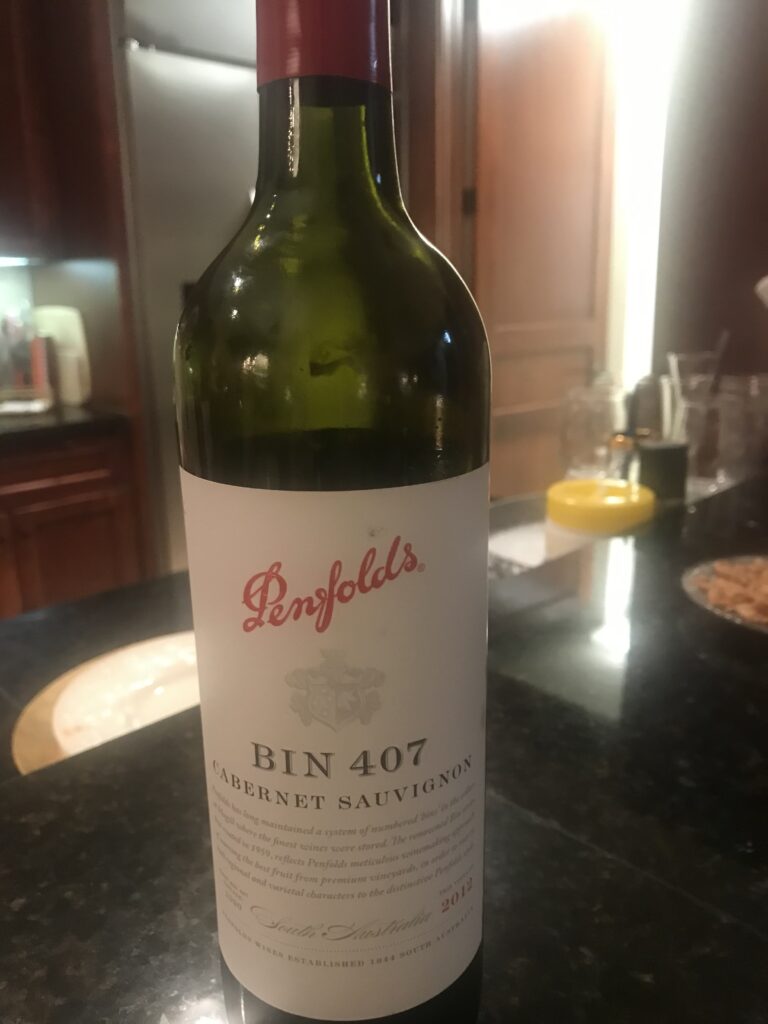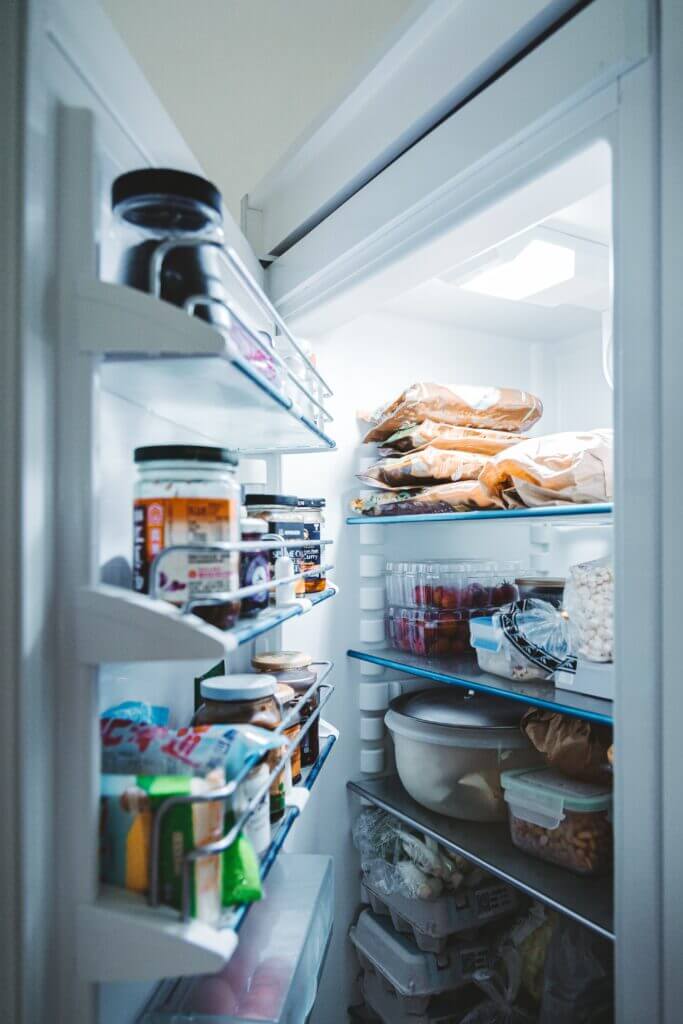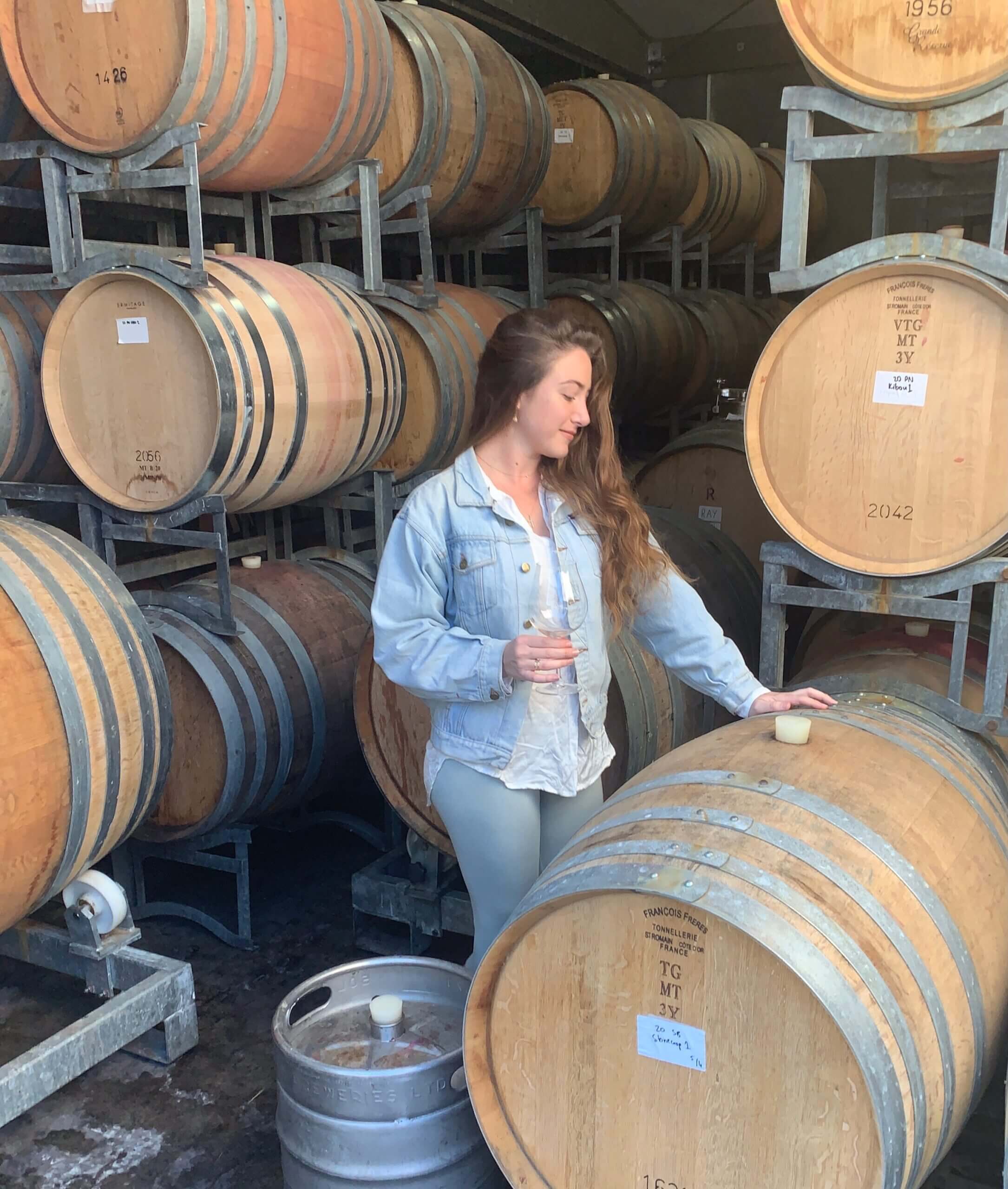How to Properly Serve and Store Cabernet Sauvignon

Cabernet Sauvignon is one of the most famous wines in the world, for many reasons. From the rolling Napa Valley hills to the riverside banks of Bordeaux, Cabernet Sauvignon has the impressive capability to adapt to many different terroirs.
Terroir: the complete natural environment in which wine is produced. Environmental factors include soil, topography, and climate
With Cabernet Sauvignon, the grape does more than just survive—it thrives. Despite where it comes from, a well made Cabernet is known for displaying it’s bold and beautiful characters, telling a story in your glass.
Black cherry, plum, blackberry, and pepper are just a few of the tasting notes that this brilliant wine offers. Boasting a medium to high tannin level, it also carries a high, mouth watering acidity. This makes it ideal to pair with red meat, aged Gouda, and cheddar cheese.
While simply popping open a bottle and enjoying is never a bad idea, there are ways to serve and store your Cabernet Sauvignons that will make your next glass (or bottle) that much better.
Should You Serve Cabernet Sauvignon Chilled?
There is often a misconception that Cabernet Sauvignons (among other red wines) should be served at room temperature. Although this is the easiest way to serve Cabernet, this will not bring out the best qualities when it comes to aromas and taste.
The truth is, all red wines should always be served slightly chilled…unless we’re talking about Lambrusco or sparkling Shiraz, which should be served even more chilled.

So What is the Optimal Serving Temperature for Cabernet Sauvignon?
Cabernet Sauvignons should be served at a temperature range of 60-65F, which is considered ‘slightly chilled’. This is cool enough to mute the smell of alcohol, without masking any of those gorgeous aromas that Cabernet Sauvignon has to offer. When alcohol is served too warm, it tends to coat the inside of the mouth, making it difficult for those silky smooth tannins to shine.
You might think all wine is the ‘same’ (being a liquid), but the reality is that each wine has a different texture. And, the texture experience shifts according to the temperature it is served at. This is very important when it comes to pairing with food.
Different Reds Should be Different Temperatures
Keep in mind, the ‘slightly chilled’ temperature we suggest for this type of wine is not for all red wines. Lighter-bodied wines, such as Pinot Noir should be served slightly cooler, between 55-60F.
The reason being, Cabernet Sauvignon is not as wispy or delicate as some other red varieties. On the contrary, it is known for it’s very present tannins. Red wines that are sparkling or have a pronounced sweetness, such as Port wine, should be served chilled, between 45-50F.

Varying Preferences for Serving Temperature
The temperature that you should serve any wine all depends on the climate that you are located in. Your wine is naturally going to come closer to the temperature surrounding it. The warmer the climate, the faster the temperature is going to rise.
For example, I live in Hawaii, which is well known for it’s warm, tropical climate. When dining outdoors, I serve Cabernet Sauvignon a bit cooler because in a matter of minutes the wine’s temperature will rise by 5-10 degrees. Despite weather challenges, you still want your wine bottle to stay at a slightly cooler temperature.
Pro Tip for Slow Sippers in a Hot Climate: Place your bottle in an ice bucket with just a few ice cubes and no water. Re-cork it and slowly and tilt it upside down a couple of times to even out the temperature before serving.
Elevate your Cabernet Sauvignon Experience
Besides temperature, what other serving techniques can you use to get the most out of your Cabernet?
Let’s talk about decanting. Decanting your wines can truly raise them to a whole new level. When a wine is properly aerated, it doesn’t just open up the primary aromas, but showcases the complex secondary aromas as well.

The majority of Cabernet Sauvignons are better decanted. With that being said, not all benefit from being decanted. Here are a couple of ways to tell if your bottle needs to be decanted:
- A good rule of thumb is to decant your Cabernet Sauvignon if it’s 4+ years old. This is around the time that the wine starts to develop sediment in the bottle. Sediment is simply made up of the natural proteins, pigments, and tartrates that solidify over time. Decanting a wine correctly will leave sediment in the bottle.
- A good technique to try before decanting your wine is to pour a small amount into your glass. Without swirling it, smell the wine and pay close attention to the aromas. These are called the primary aromas, also known as the “first nose”. Now swirl the wine in your glass and take another sniff. Did the wine change at all? Are there new aromas that weren’t there before?
- These are called secondary aromas, known as the “second nose”. If there are new notes that you pick up, this means the wine would benefit from being aerated. Decant that baby!
What is the Optimal Temperature to Store Cabernet Sauvignon?
The ideal storage temperature for your Cabernets (and most other red varieties) is between 50-55F, just slightly cooler than the serving temperature. This preserves the wine, while still letting it steadily age and develop over time. Use one our recommended wine coolers for the proper temperature control.
Can I Store My Other Wines With My Red Wines?
The temperature to store red wines is always going to be slightly warmer than the storage temperature for white and sparkling wines, which is usually between 45-50F.
This is mainly because tannins are considered the backbone of red wine… contrast to white wine, where acidity is the backbone. Tannins tend to maturely smooth out over time, so it’s important that they have the opportunity to do so at a slightly warmer temperature.
Important Things to Note When Storing Your Cabernets
Your bottles should be stored in a place that has little to no light. Light can disrupt the phenolic compounds, causing an imbalance in the wine’s structure. This will affect the taste and aroma of your Cabernet (not in a good way). Be sure to also store your wines in a place that has little to no vibration. If a wine has too much movement, this can also alter the wine’s structural components.
What about the refrigerator?

The refrigerator is fine to store your Cabernet Sauvignon for a couple of weeks, but it’s not recommended for long term storage. The temperature of an average refrigerator ranges between 40-45F…well below the correct storage temperature. This will not allow your wine to develop it’s secondary bouquet of notes and flavors.
The refrigerator is also designed to keep food fresh, maintaining a very low humidity. After a while, this could result in the cork of your wine drying out, causing it to become tainted.
Short Term vs Long Term Aging
Cabernet Sauvignons are famous for being able to age for years before reaching their prime drinking peak. A great way to know exactly how long you should cellar a wine is by looking at the facts of the vintage. Vintages are known to make or break cellar sleepers.
A website that every wine lover should explore is Vivino.com. Vivino allows you to search your wine and learn everything you need to know about it! Not only does it give you the history of your bottle’s vintage, but also lists vintage comparisons and recommended storage time.
How to Store Your Bottle After You’ve Popped the Cork
The best place to store an already opened bottle of vino is in your refrigerator. Typically, an opened bottle of Cabernet has a shelf life of about 3 days before the oxygen gets the best of it. Storing it in the fridge will actually prolong the shelf life to about 5 days, thanks to the lower temperature that helps to slow down the oxidation process.
Another great way to keep your Cabernet Sauvignon drinkable for at least another week is to use WineSave. This little miracle worker is simply Argon gas inside of a bottle, that comes with a little rubber nozzle. (Yes, it’s completely food safe!)
All you have to do is place the nozzle into your bottle, give it a spray, and then quickly cork your bottle. The Argon gas will sit on top of the surface of the wine, protecting it from oxygen exposure. Inexpensive and effective… what more could you ask for?
Whether you’re new to Cabernet Sauvignon or you’re a long-time lover, it’s always worth ensuring that you experience all that it has to offer. After all, it is truly one special grape variety. Just don’t forget to enjoy it with good food and (even more importantly) great company.
Cheers!

Katarina Jelks is a professionally trained sommelier from Hawaii. She received her Wine & Management Diploma from Le Cordon Bleu in Paris. Her experience working across the wine industry, in locations all around the world (France, Australia, New Zealand, the US & more), has resulted in a global perspective. She loves sharing her passion with others and helping them to chase their thirst for interesting wine and great food.
